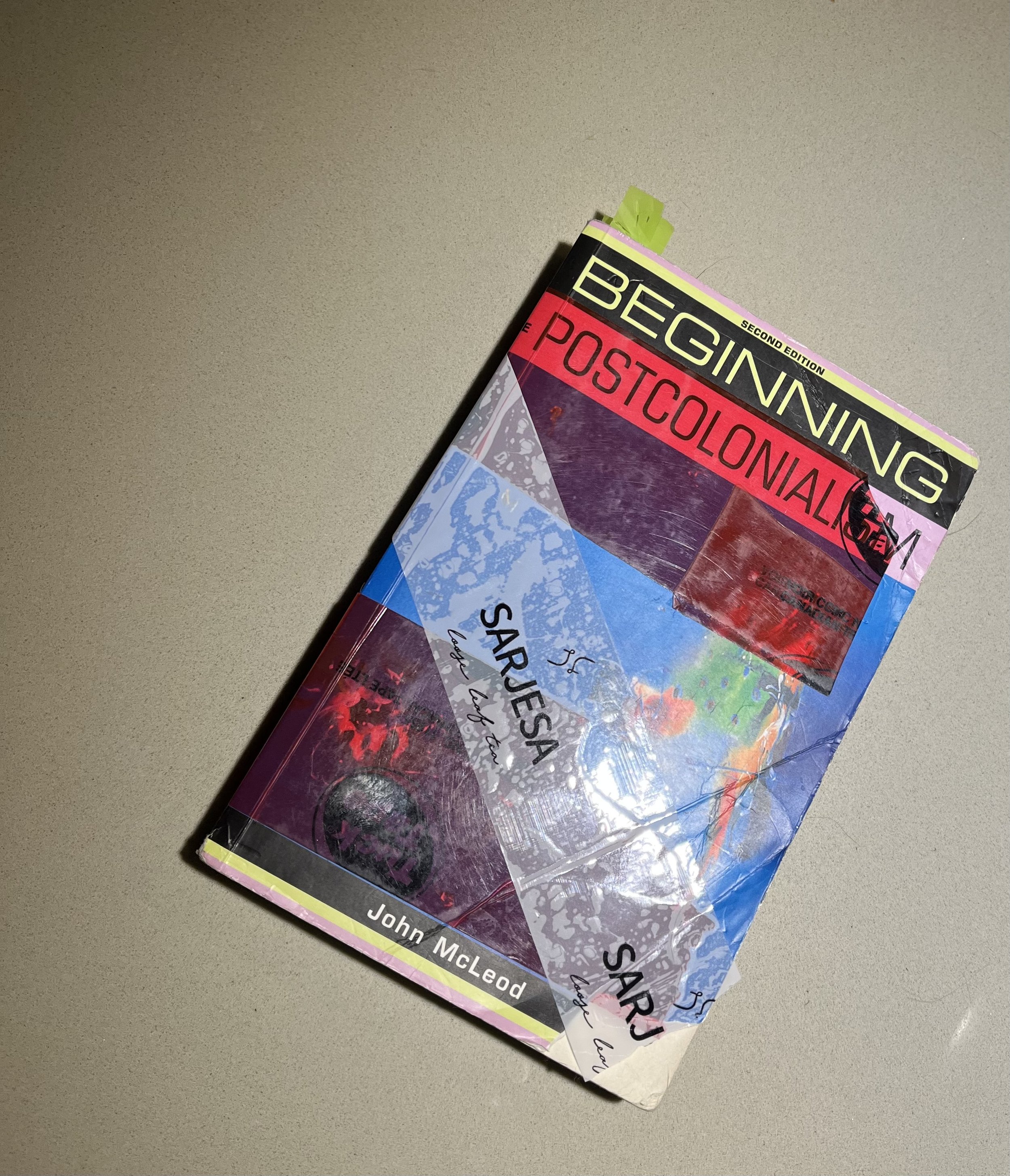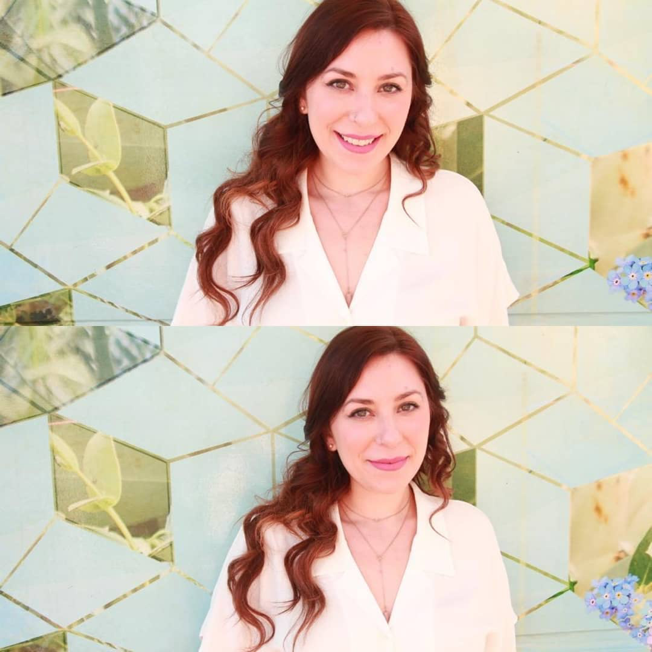Transparency; Equity; Accessibility; and Solidarity.
These are the foundational components of our brand, and this year they came through in more ways that I could have imagined. First off, I can’t believe that it’s December again and time for another community update. I thought 2020 was weird and wild, but 2021 took us even farther on our social impact journey.
Loving this little watercolour illustration of our first ever tea blend!
There have always been aspects of our model that I have struggled with. When you tie your social impacts solely to donations you become faced with numerous trade-offs regarding social impacts. Do I source lower quality ingredients if that means I have more funds to donate? Do I hire less staff, etc? Models like this can be really challenging to negotiate because you are constantly balancing the social and the entrepreneurial. This is what the Trico Foundation would term a Disconnected Blend.
Over the past few years, our team has been working hard to imbed our social impacts into every aspect of our business above and beyond the yearly donation we make to the Awo Taan Healing Lodge Society. We love supporting their work, which has some truly inspirational impacts. However, what we noticed is that there are huge opportunities across our business to have impact.
Transparency and Solidarity really came into play when we looked at how we were sourcing. Something like over 43% of the agricultural work force in the Global South is women with Women for Biodiversity noting how gender-based violence limits access to agricultural resources and decision making for these same women (@cbd_women). Similarly, women are disproportionately represented in exploitative forms of manufacturing within the Global South. This year, as our company grew, we were given more opportunities to really live our values when it comes to standing in solidarity with women and working towards true equity.
This Year We:
Completed our Pantry Staples Tea Collection, complete with six beautiful Sarjesa dancers. The final flavour we added was our Blueberry Breakfast tea which incorporates wild blueberries from Eastern Canada as well as vanilla and farm fresh Black Tea.
Launched three new tea latté powders: Pink Tea; Instant Earl Grey; and Maple Chai Latté Powder. All of these beauties have distinct flavours and wellness profiles. We plan on introducing a traditional teabag line for the Pink Tea and Maple Chai in early 2022!
Created and filled 5 local staff positions, the majority of which are held by women! This includes positions in manufacturing, logistics, and sales. Now that we have a larger team, I can hardly imagine doing it all on my own. There is so much value in having folks on your team who have different expertise and can offer fresh perspectives on how to do different things.
We grew our sourcing relationships with Canadian farms and foragers up to 6! This is incredibly exciting as sourcing local ingredients and developing those deep relationships is a really important piece of the work, we are doing to create a fresh, flavourful experience for customers.
We developed sourcing relationships with 5 international farms grounded in restorative agriculture and equitable labour practices, all of whom are doing work to support women in their regions! We also began sourcing some really amazing, ethical and environmentally conscious swag which will be available early in 2022 (keep your eyes open)!
We started the process of transitioning all plastic materials used in our packaging (liner bags and over wrappers) to fully home compostable materials. This brought us into conversation with some amazing suppliers, brands and collectives. I could not be more humbled by the support we received and the way these community members have really showed up for us. It just goes to show the power of having a shared why.
As a team, we piloted our first hydroponic growing experiments with the hopes of expanding this pilot in 2023! We aren’t quite ready to share the details of how this works just yet, but we have some BIG news about this experiment.
There’s always room for improvement, and we still have a long way to go. However, this year is one of the years I am the proudest of in our company history. Some things that we are looking forward to in 2023:
Deepening our relationships with our international farming partners with some EXTREMELY COOL projects that we have coming up!
Sharing more details on our hydroponics experiments as well as the bigger vision that we have in store.
Releasing something TOTE-tea-ly awesome on our website, made by the incredible community at WorkShelter.
Releasing the Sarjesa branded packaging for our new Tea Latté flavours, featuring real and impactful women doing work everyday in our communities.
As I get ready to drop off our community donation, I want to thank you for a truly incredible year. I am so excited to share updates on our future adventures through our newsletter!






























